Heat Meters
Micronics manufacture and distribute a wide range of heat-meters and energy meters. Heat meters are specialised devices used to measure the amount of heat energy consumed by individual households or buildings. Micronics offers high-quality, innovative solutions for heat metering.
These meters are an essential tool for managing energy consumption, as they provide an accurate measurement of heat usage, which is used to determine the cost of heating. In multi-unit buildings, these allow for the precise measurement of heat usage by each unit, ensuring that residents are only billed for the heat they actually consume.
Micronics’s ultrasonic clamp-on heat meters are unique in that they use ultrasound technology to measure the flow of heat energy in heating systems. Unlike traditional heat meters, which require the removal of the existing piping for installation, ultrasonic clamp-on heat meters can be installed quickly and easily, without disrupting the heating system. This makes them an ideal solution for retrofitting existing heating systems.
Showing all 7 results
-
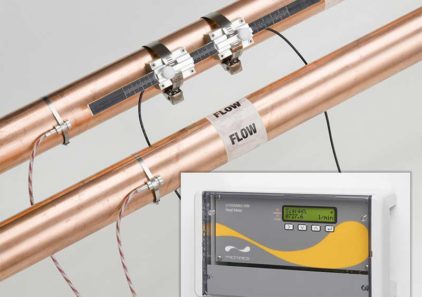
U1000MKII-HM-WM Clamp-on Heat/Energy Meter with Wall Mounted Keypad & Display
Read more -
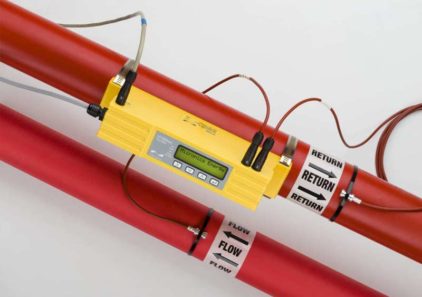
Ultraflo U1000MKII-HM Clamp-on Heat Meter/Energy Meter
Read more -
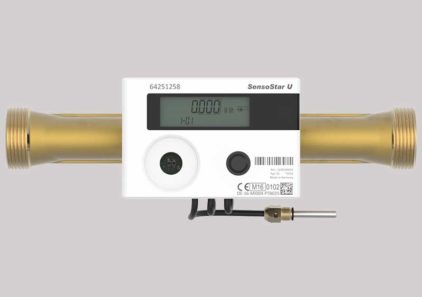
SensoStar U Ultrasonic Inline Heat Meter
Read more -
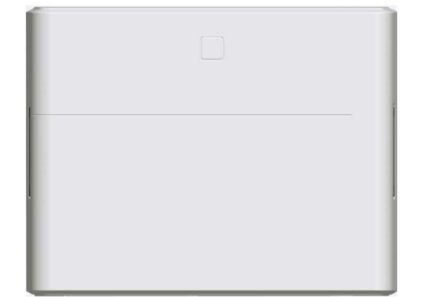
Radio Gateway System
Read more -
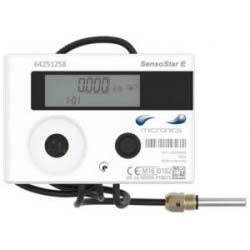
SensoStar E Single-jet flow sensor for inline installation
Read more -
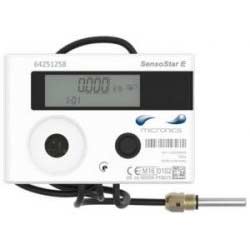
SensoStar Q Multi-jet flow sensor for inline installation
Read more -
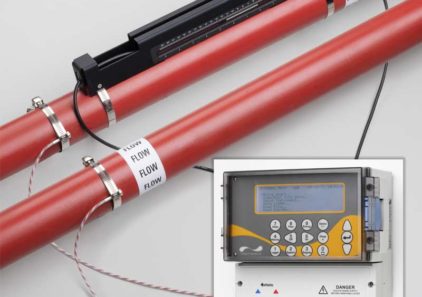
New UF3300 Fixed Clamp-on, Heat/Energy, Flow and Process Measurement Meter
Read more
Ultrasonic heat meters from Micronics are also highly accurate. This ensures that charges are only for heat actually consumed, reducing the risk of overcharging. In addition, ultrasonic heat meters provide real-time monitoring of heat usage, allowing building owners and managers to quickly identify and address any potential issues, such as leaks or inefficiencies.
They also highly customizable, with a range of options and features to meet the specific needs of each building. Micronics's meters are easy to install and use, with intuitive software and a user-friendly interface.
The use of heat meters has a significant impact on energy conservation efforts. By providing accurate and precise measurements of heat usage, our meters encourage users to be more mindful of their consumption and take steps to reduce their usage. This can result in significant energy savings, particularly in areas where energy is scarce or in high demand. In addition, heat meters can help building owners and managers identify inefficiencies and other sources of energy waste, enabling them to take steps to reduce their energy usage and costs.
How do heat Meters Work?
Heat meters work by measuring the flow rate of the carrier fluid and the temperature difference between its inflow and outflow. This data allows them to determine the thermal energy transferred over time, providing an accurate measure of heating or cooling energy usage. This information is essential in order to help you manage energy consumption, allocate costs in multi-tenant buildings, and optimise the efficiency of your heating and cooling systems.
How does a heat flow meter work?
A heat flow meter works by measuring the thermal transmittance and conductivity between a heated and a cooled plate with a material sample placed in between. The rate of heat flow through the sample is determined by this setup, offering a way to measure thermal properties quickly compared to other methods.
What is a thermal flow meter?
A thermal flow meter, on the other hand, measures the mass flow rate of a fluid (primarily gases) by using the thermal properties of the fluid. The basic operational principle involves introducing a specific amount of heat to a sensor and measuring the change in temperature or the energy required to maintain a certain temperature difference. This change is directly related to the mass flow rate of the fluid. Thermal flow meters can be categorised based on their operation into two types: one that measures temperature differences across a heated element and another that keeps a constant temperature difference and measures the power consumption needed to maintain this state. These meters are advantageous for their ability to measure low flow rates, sensitivity to various gas types without pressure loss, and direct mass flow measurement independent of temperature or pressure changes.
What is the difference between a flow meter and a heat meter?
Both are devices used to measure flow, but they differ in their primary purpose and the way they measure. A flow meter is a device used to measure the flow rate of a fluid, such as water, gas, or liquid. Flow meters are used in a variety of applications, including industrial processes, water treatment, and energy management. They use different technologies to measure flow, including mechanical, electromagnetic, and ultrasonic methods.
A heat meter, on the other hand, is a device used to measure the amount of heat energy used by a heating system. It is typically used in multi-unit buildings to measure the heat consumption of individual units. Heat meters use sensors to measure the flow of heat in the heating system and convert that measurement into units of energy, typically in kilowatt-hours.
MID/RHI Products | Ultrasonic Heat Meters | Clamp On Heat Meters
CASE STUDY
Data EM Services
A Hertfordshire-based metering & billing agent for multi-utilities used 4 Micronics U1000 heat meters in the middle of 2018 to meter flow rates and energy within a large centralised heating system with large transmission steel pipes (DN120) to track typical performance parameters.
TESTIMONIAL
“Micronics meters had proved extremely reliable in my experience so I had no hesitation in purchasing another 4 units and I have not been disappointed”
Data EM Services